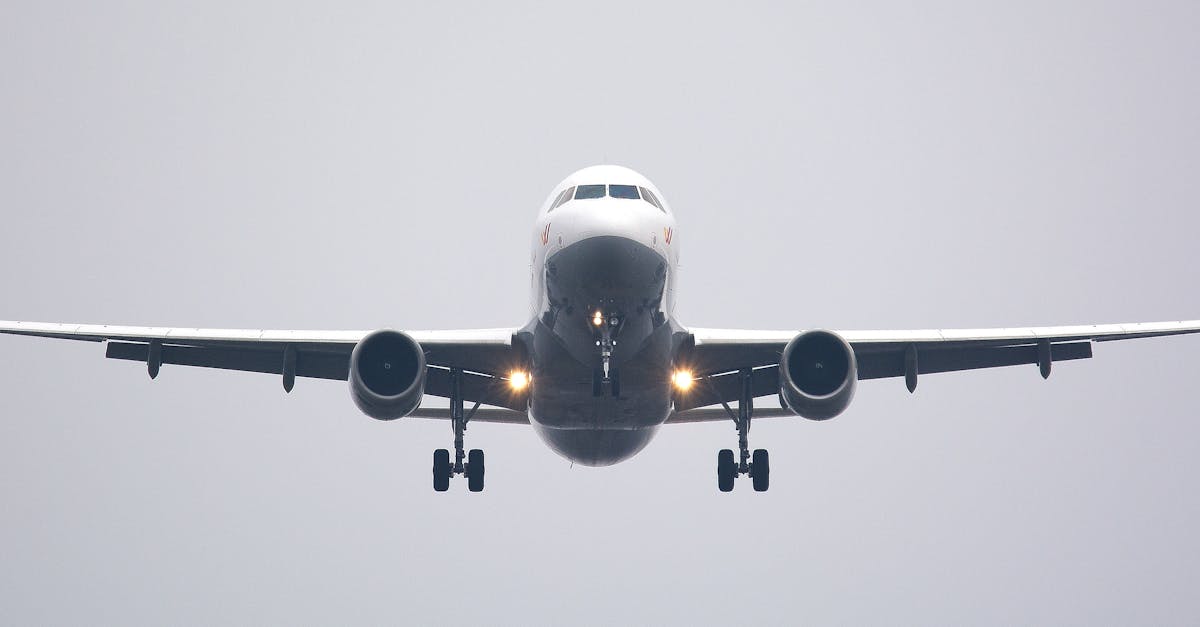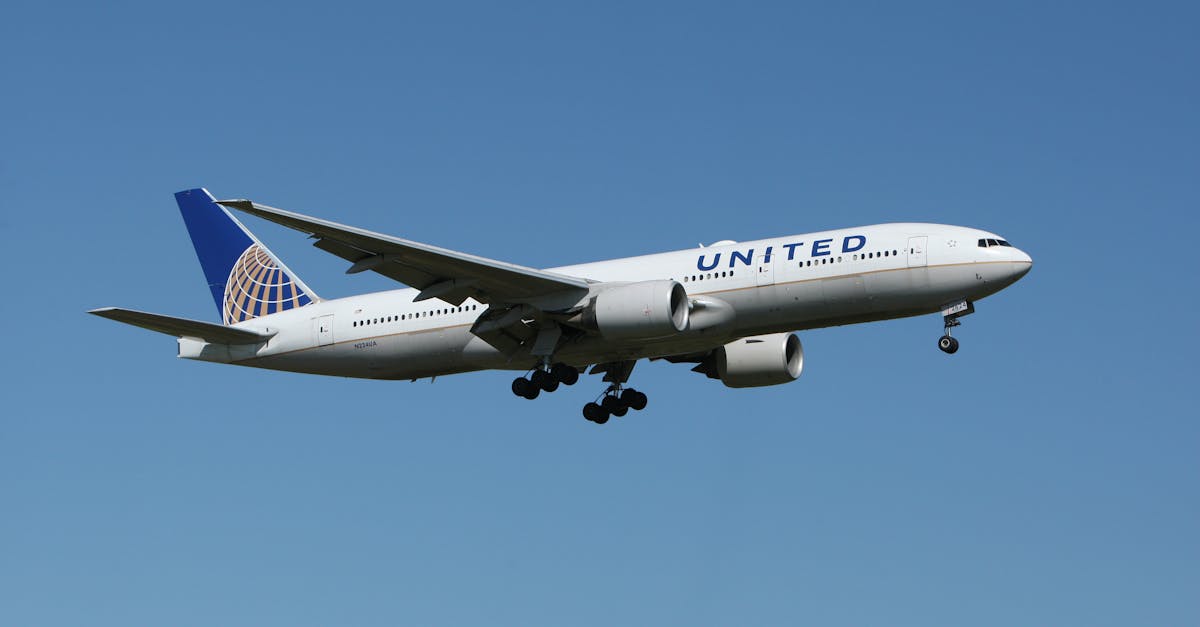The Hawaiian airline industry is showing signs of a shift, potentially signaling the end of aggressive fare wars that have characterized inter-island travel for years. This change has significant implications for Hawaii's tourism sector, directly impacting travel costs and visitor experiences. As one airline subtly retreats from the pricing battles, a new pattern of fare discrepancies is emerging, potentially altering how much travelers pay to fly within the islands.
The rising cost of inter-island flights could affect both tourists and residents. This shift might force visitors to re-evaluate their travel budgets, and decrease opportunities for local residents to travel between islands. The industry's adaptation might stem from various factors, including changing fuel prices, increased operational costs, and evolving competitive strategies among airlines. Understanding these dynamics is crucial for stakeholders in Hawaii's tourism industry, including hotels, tour operators, and related businesses.
These changes arrive amid other developments within the tourism sector. For example, the recent flood advisory on Oahu reported by Star-Advertiser highlights the need for robust infrastructure in the face of weather challenges. Moreover, while the focus is on air travel, the upcoming Merrie Monarch Festival, as covered by Hawaii Public Radio, is likely to add to high demand for inter-island travel and accommodation. This event could further complicate the pricing landscape as more people travel within the state.
For Hawaii's entrepreneurs, hospitality businesses will need to carefully analyze these developments to adapt their pricing strategies and marketing efforts. Investors should keep a close eye on airline performance and adjust financial plans accordingly. Furthermore, the potential changes in airfare pricing also raise questions for policymakers regarding the industry's regulation and its impact on economic growth, requiring the consideration of policies that support both the tourism sector and the accessibility of inter-island travel for residents.
These issues will continue to evolve, prompting discussions among both business leaders and the public on how to foster a sustainable and accessible tourism industry. The changing airfare landscape underscores the need for businesses to remain agile. This might require creative solutions, like partnering with local businesses, offering package deals, and leveraging technology to streamline operations and cut costs, while remaining a competitive destination.

